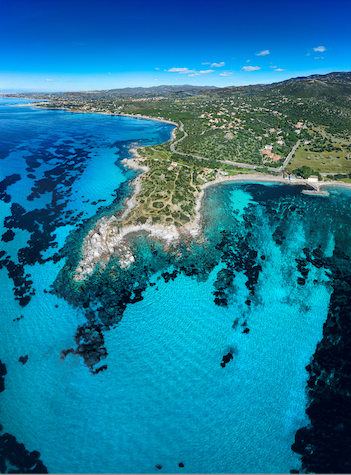Speaker
Description
Silicon photomultipliers (SiPMs) are widely used for several applications, such as High Energy Physics experiments, as well as other research and industrial fields. SiPMs working at low temperature, in particular, are the most interesting application for the newly large particle detectors for neutrinos and dark matter experiments. In this work we present a low-noise, high-speed front-end electronics (Front-End Boards, FEBs) for large area SiPMs to be used in the JUNO-TAO experiment. The FEBs are able to manage the signals coming from a 25 cm^2 tile, showing single photoelectron resolution better than 13% and dynamic range up to 250 p.e.
Summary (500 words)
In the proposed work, a careful approach to the front-end electronics design has shown to be critical in order to fully keep the exceptional performances of the SiPMs in terms of single photon detection, dynamic range and fast timing properties. At the moment 100 preproduction batch is ready and tested with an ultra-low background construction material in order to be used in rare event searches. A complete test report about
the performance of the preproduction batch at room temperature and at -50° will be presented, showing the solution taken to ensure an high stability and reproducibility of the results.
The board dimensions is 5cm x 3cm, so it can be perfectly arranged behind a 5cm x 5cm SiPM tile. Different shapes were already tested showing the same performances.
The proposed Front End Board has two separate channels and it has been tested with many SiPM-based photodetector multi-pixel photon counter (MPPC) available on the market from different vendors, from temperatures down to -70° and up to +80°, showing excellent performances and a mean time between failure of 9*10^6 hours, due to reduced component numbers and the accurate selection of the passive part number.
The nanosecond timing properties make them suitable to work with the typical mixtures of liquid scintillators currently used in particle and astroparticle physics experiments. FEB can read from few squared millimeter SiPM, ensuring a very high timing resolution, up to several squared centimeter by the use of passive gangling.
Moreover, by changing the shaping time and the gain factor by changing two resistor, the board can be coupled even with plastic scintillators where more photons are expected.
The JUNO-TAO experiment will need more than 8000 channels (by the use of 4000 FEB) to ensure the proposed energy resolution (<1.5% @ 1 MeV), spatial resolution (around 1 cm) and timing performances (around 1 ns).
